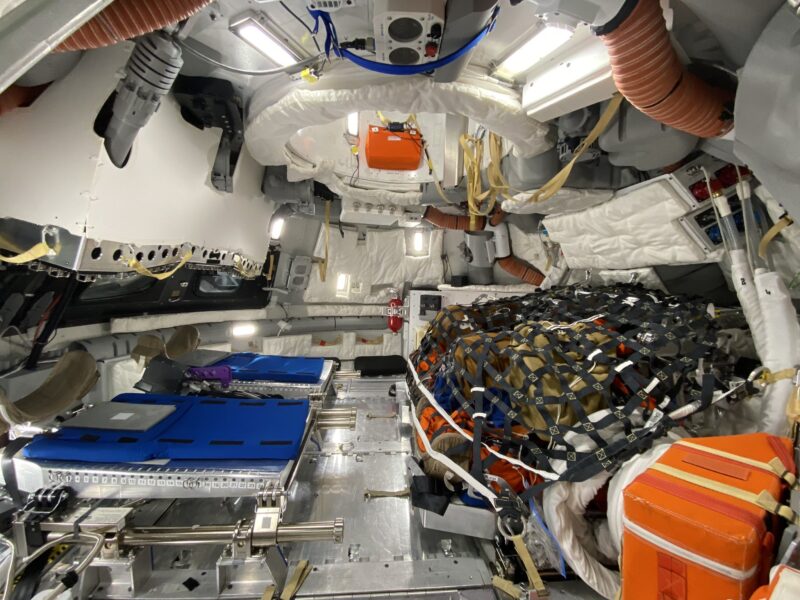
At first glance, NASA’s Orion spacecraft appears to be relatively small. The conical capsule measures 16 feet in diameter and 10 feet in height; moreover, the lower half of the vehicle is occupied by fuel tanks, avionics, life support equipment, and other inaccessible areas. While Orion is larger than its predecessor, the Apollo Command Module, it still seems like a compact volume for four people to occupy for ten days. Yet, this is precisely what Reid Wiseman, Victor Glover, Christina Koch, and Jeremy Hansen will do during the Artemis 2 mission in late 2024. The Crew Systems Integration (CSI) Team is responsible for turning this volume into a comfortable space in which to live and work. AmericaSpace recently joined the former leader of this team, Jason Hutt, for a conversation on the design of the spacecraft which will carry humans to the Moon for the first time in 50 years.
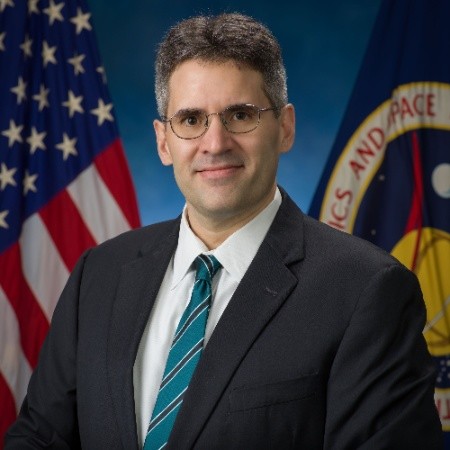
The final design of Orion’s crew cabin is the product of years of labor by Hutt and his team. “I was the Crew Systems Integration Manager for about four years, shepherding the Artemis 2 cabin design through the Critical Design Review and then working through most of the actions as we closed it out,” says Hutt. “(We) made sure that the integrated cockpit design supported all of the operations that the crew would be expected to perform.” In total, Orion contains 380 cubic feet of habitable volume, which is equivalent to the size of a small van. To maximize the limited volume available, every item must be stored in a methodical fashion. The completed Orion mockup at the Johnson Space Center attests that the CSI team was spectacularly successful in designing an orderly, well-arranged cabin. To paraphrase “Doctor Who,” Orion feels bigger on the inside.
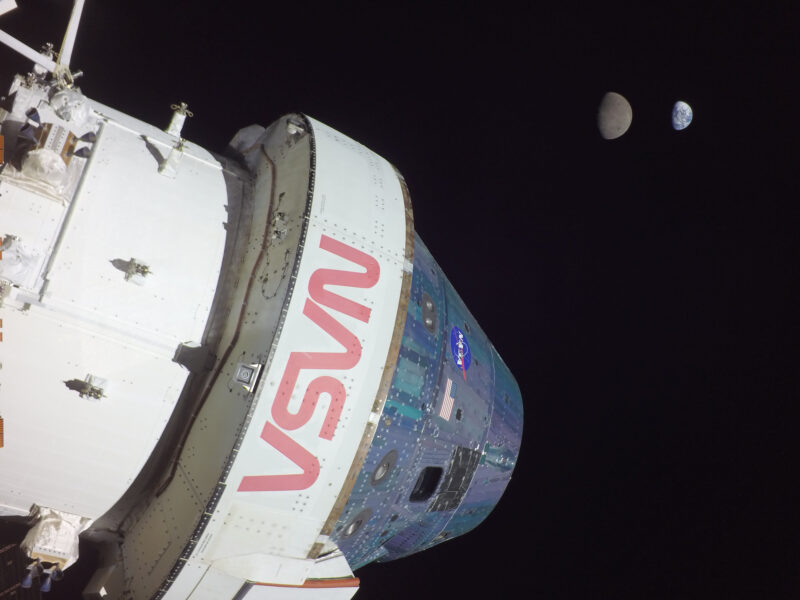
The most significant key to their success is the modularity of the hardware inside Orion. Once Wiseman and his crew reach orbit, one of their first tasks will be to give the capsule a makeover. According to Hutt, “We’re going to reconfigure the cabin to try to maximize the interior volume. You take off the bottom half of the seats, and you put them under a cargo net. And you take off the suits and you put them under cargo nets. And you’ve really maximized the living space for what will be a 10-day mission.” This procedure creates a large, unobstructed volume in the middle of the spacecraft. From the perspective of an observer looking through Orion’s hatch, the four windows and the flight controls for the commander and pilot are on the left edge of the pressure vessel; on the opposite side of the cabin, equipment for launch and entry is wrapped tightly inside the cargo net which Hutt described. In between these elements, there is ample volume for four astronauts to move between different tasks.
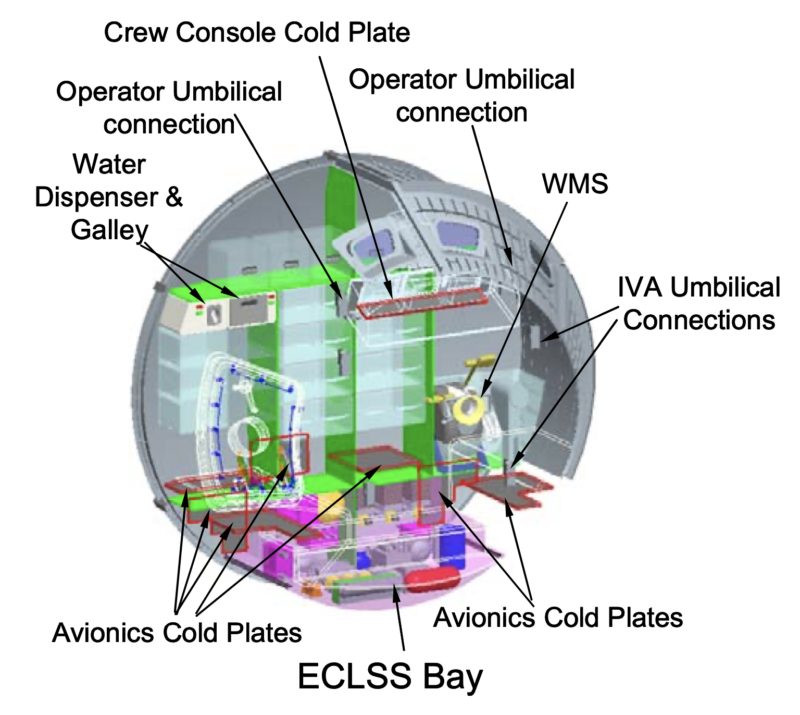
The relatively spacious nature of the reorganized cabin is amplified by microgravity. On Earth, we are restricted to moving in two dimensions. The only functional areas in a given room are its floor, as well as any areas within reach on its walls. In contrast, an astronaut inside Orion can float over a crewmate who is working at the base of the cabin; experiments and pieces of hardware can even be integrated into capsule’s “ceiling.” Since the crew is able to move in three dimensions, CSI engineers such as Hutt are able to create a layout which is tailored to be efficient in space.
This attribute of microgravity is particularly beneficial during crew sleep periods. Hutt says that the sleeping arrangements inside Orion will be similar to the methods used by Space Shuttle crews. “You’re going to take out your sleeping bag, you’re going to stretch it out across the cabin… it’s almost like four hammocks stretched across the cabin.” However, unlike on Earth, the sleeping bags can be affixed to the capsule’s walls or its ceiling, providing the crewmembers with increased elbow room.
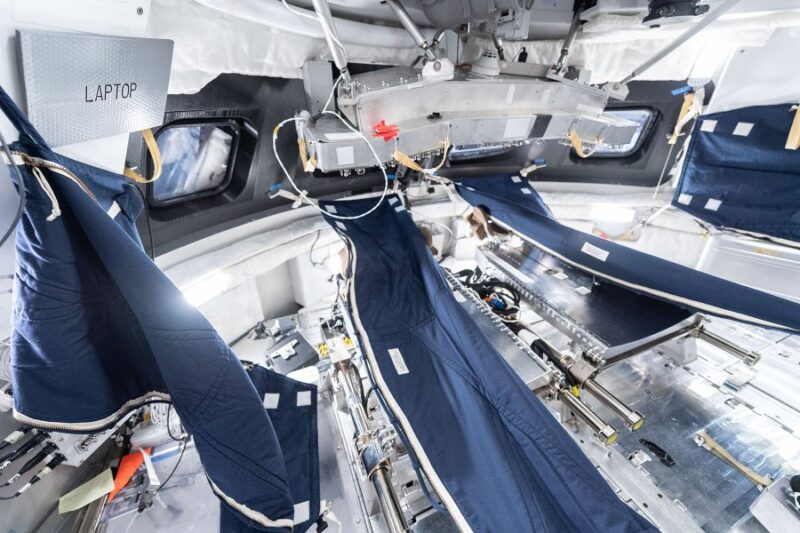
One item which Orion does lack is privacy. Large spacecraft, such as the International Space Station, have individual soundproofed sleeping quarters. This is not feasible in a human-rated lunar spacecraft, which must be light enough to escape Earth’s gravity well. Wiseman, Glover, Koch, and Hansen will need to share Orion’s cabin for the entirety of their mission. “They’re going to know each other’s business pretty well,” says Hutt. To manage such scenarios, the Astronaut Office emphasizes the development of “expeditionary skills” through programs such as the National Outdoor Leadership School (NOLS). If a crewmember requires a private medical conference or wishes to speak with their family, Hutt says that they might be able to find some privacy in Orion’s hygiene bay. This enclosed, phone booth-sized volume is built into the floor of the capsule; it contains a small toilet and provides continuous airflow.
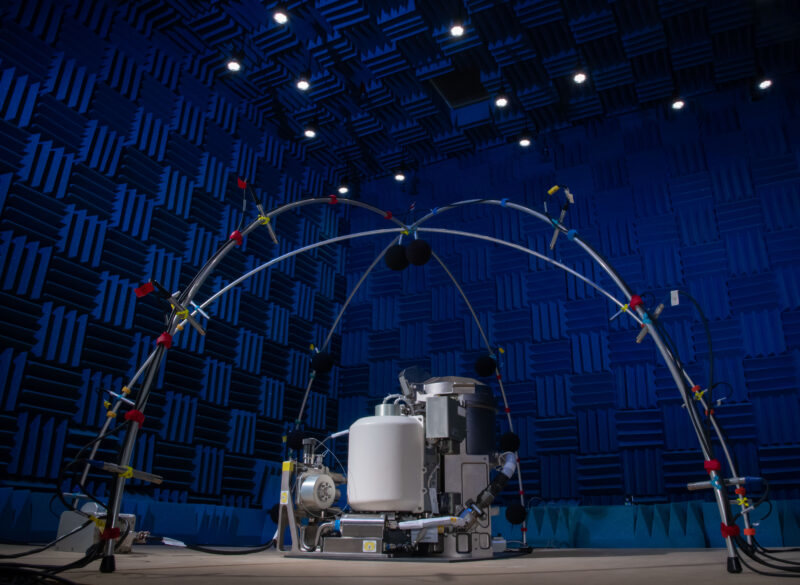
Another ingenious aspect of Orion’s design is its exercise equipment. Owing to the small size of their spacecraft, Apollo crews were unable to prioritize physical fitness during their missions. However, decades of data on bone and muscle health from Space Shuttle and International Space Station missions have prompted NASA to revisit this policy. An astronaut on any mission which is longer than eight days must perform at least 30 minutes of exercise per day. On Artemis 2 and subsequent Orion missions, this requirement will be met by a compact rowing machine.
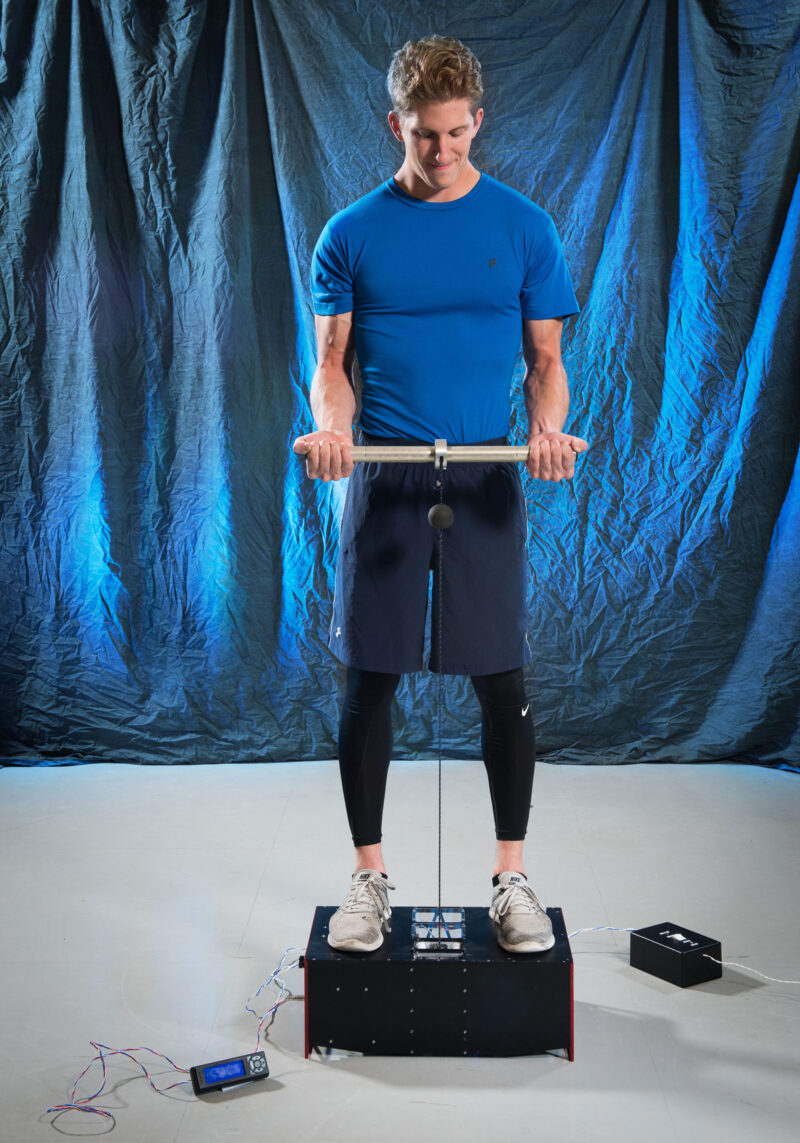
For Hutt’s CSI team, the creation of the rowing machine was a challenge in and of itself. “(It) must be usable by the crew for both cardio and resistive exercises, but also not impart too much vibration on the structures or dump too much heat or humidity into the cabin.” In addition, the workout regimen influences the scheduling of other activities, as an exercising astronaut occupies half of Orion’s cabin. During exercise periods, the other three astronauts will occupy the periphery of the pressure vessel. They will perform tasks such as photographing the Earth and Moon through Orion’s four windows or monitoring scientific experiments with their personal tablets.
Solar radiation is perhaps the most ominous threat facing Wiseman’s crew. While spacecraft in low Earth orbit are protected by Earth’s magnetic field, Orion will be exposed to the full fury of our dynamic star. In hindsight, the Apollo astronauts were fortunate to have avoided a radiation-induced tragedy. Between the splashdown of Apollo 16 and the launch of Apollo 17, a powerful solar storm swept across the Earth-Moon system. If either mission had been in space during the event, the astronauts would have been lucky to survive with severe radiation sickness; at worst, the dose might have been fatal. Thanks to the CSI team, their Artemis counterparts will be more fortunate. “The 1972 event is our design-to case for (Orion),” Hutt revealed. “In all of the analyses which we have seen, we really are providing good protection for our crewmembers, even in the face of that 1972 event.”
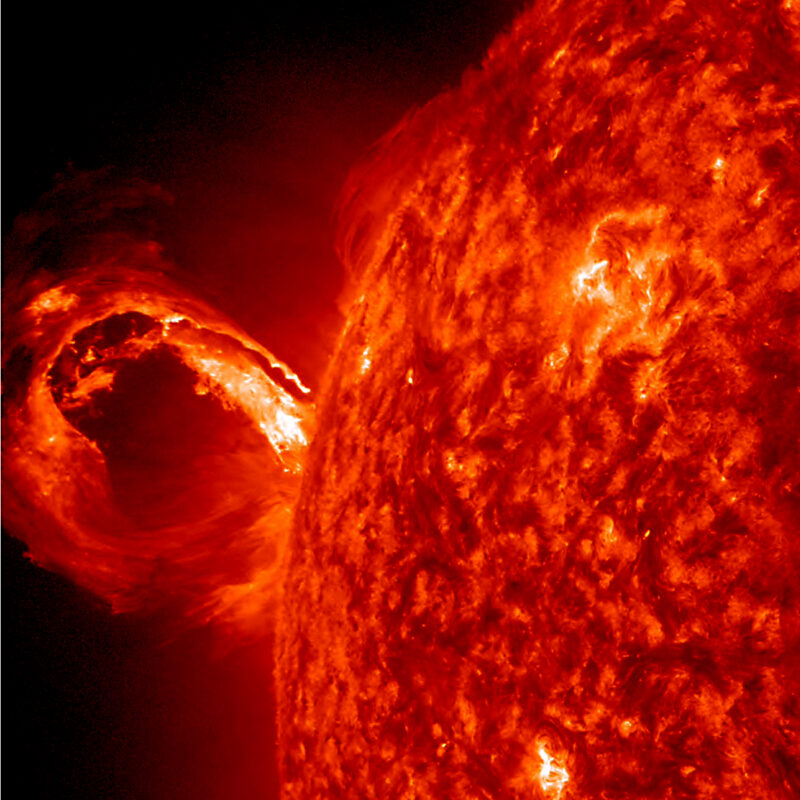
If a solar storm is detected by NASA’s fleet of heliophysics missions, the Artemis 2 crew will build an ad hoc structure which Hutt likens to a “pillow fort.” The hygiene compartment is flanked by two large lockers, each of which measures approximately 2 by 3 by 3 feet. During a nominal mission, these bays are used to store food, scientific equipment, and supplies for the astronauts. To create a radiation shelter, the crew will unpack all of this equipment from the lockers and pile it on top of the floor of the cabin. The densest items, such as bags of water and waste cannisters from the toilet, will be used to line the walls of the lockers. Each locker is just large enough to fit two people facing in opposite directions with their legs held to their chest. “We’re protecting for up to 24 hours in this configuration,” states Hutt. “And, yeah, you would be close friends with the person in that locker.” While this may sound like an unpleasant experience, it is infinitely preferable to a lethal dose of radiation. The fact that the small capsule is outfitted with a radiation shelter highlights the emphasis which the Orion team places on safety.
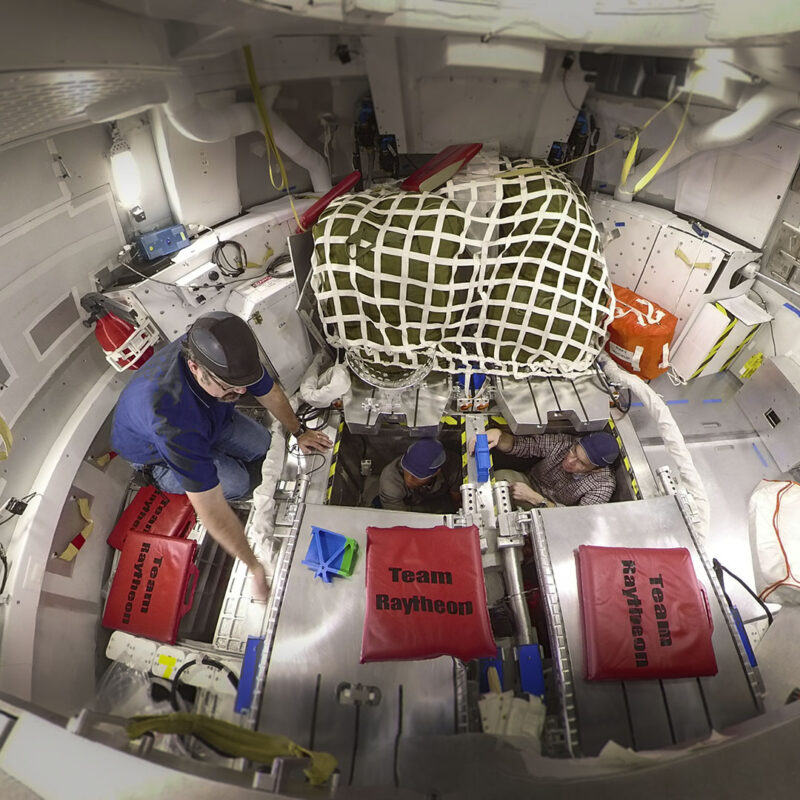
Crew safety is certainly Hutt’s top priority in his current role as the Human Rating Lead for Artemis 2. “It’s my responsibility to write the report that says it’s reasonably safe to put a person inside of our space system for the mission that we’re going to execute on Artemis,” he says. While spaceflight – let alone deep space exploration – will never be routine, his team is ensuring that the risks inherent in a lunar mission are understood and mitigated. Most of the noteworthy design features described in this article were inspired by the guiding light of safety. The thousands of engineers who designed Orion have created an astoundingly robust vehicle which can survive a myriad of emergencies, from a communications failure to a fire to a micrometeorite strike. The spacecraft is optimized for the unique mission of bringing its crew home from the remote environment of cislunar space.
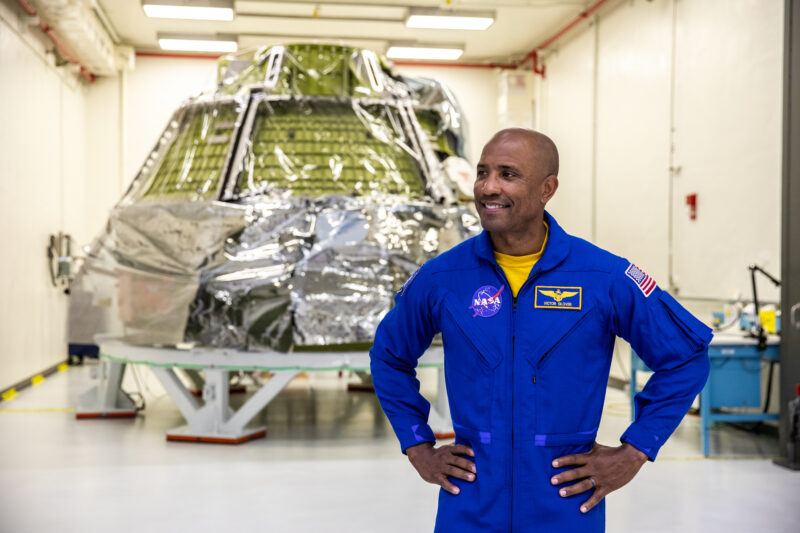
During the Age of Sail, mariners were fond of saying that the oceans were tamed by iron men and wooden ships, rather than by iron ships and wooden men. The same will be true of the vast gulf between the Earth and the Moon. Spending ten days in a capsule might not be for the faint of heart, but it is a small price to pay for the opportunity to explore another world. And when the iron men and women of Artemis take flight, they will find comfort in the fact that engineers like Jason Hutt made their voyages possible.




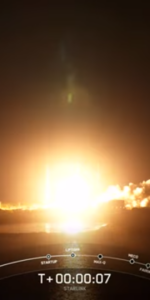

2 Comments
2 Pings & Trackbacks
Pingback:At T-1 Month, Multi-National Crew-7 Readies for 15 August Space Station Launch - AmericaSpace
Pingback:Artemis 2 and a New Era of Lunar Science - SPACERFIT